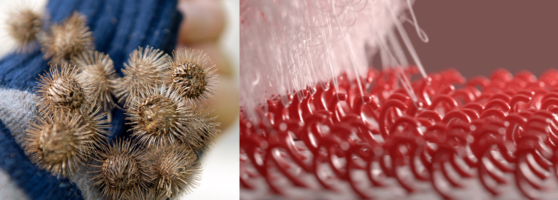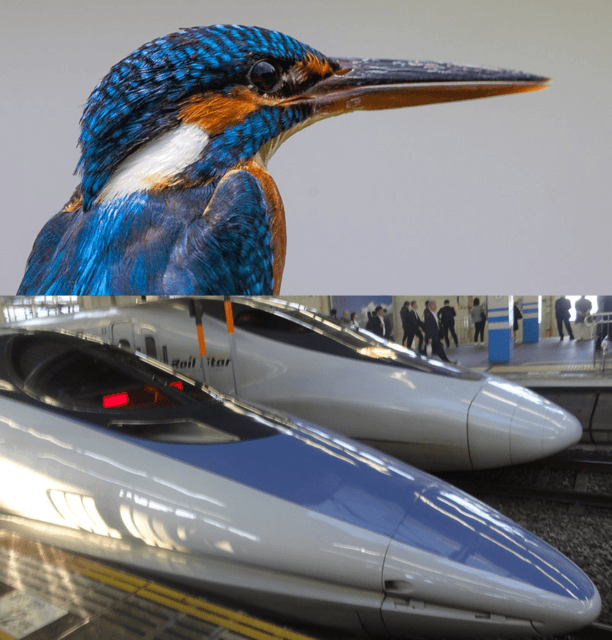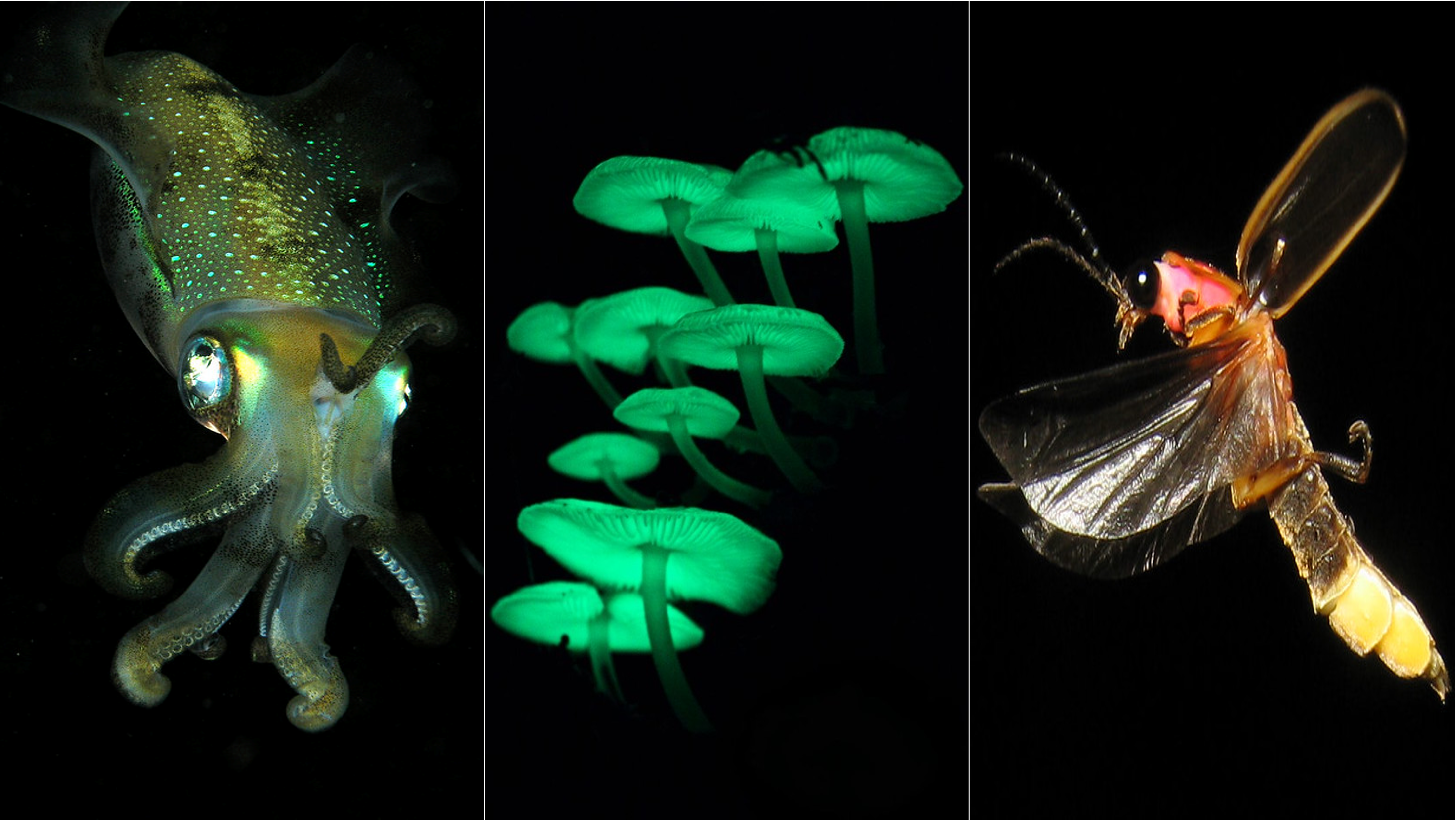Birds, bullet trains and biomimicry

For thousands of years, humans have been inspired by nature. Evolution has produced ingenious diversity and adaptations which humans have sought to imitate. An increasingly popular discipline known as biomimicry (or biomimetics) has developed from observations of such efficient systems and evolution in nature. Biomimicry draws inspiration of models and elements of nature in order to solve problems or create designs. Biomimicry is not a novel discipline and has ranged from simple ideas like Greek tree-inspired architectural columns to complex imitations such as Leonardo da Vinci’s design for a flying machine based on bat wings1. This article will focus on two interesting biomimetic designs: Velcro and Bullet trains.
Velcro is one of the most famous and widely-used examples of biomimicry. The inspiration for this clever design came to the Swiss inventor George de Mistral whilst walking his dog in the countryside2. He observed that cockle burs (seeds with hooks) stuck on his dog and his trousers. He studied these seeds and examined their hook-like shape. This led him to create a material based on this shape. Velcro has 2 fasteners: one with hooks and one with thin loops, and when pressed together they cling to each other3. This incredible design has revolutionised fabrics and become an essential tool in everyday life.
Biomimicry hasn’t just influenced materials and fabrics; bullet trains are a perfect example of how engineering can be inspired by nature. These technological accomplishments are influenced in part by birds. 30 years ago, Japan’s engineers encountered a problem when designing bullet trains: the nose of the train was too round, causing a sound boom when leaving tunnels4. The sound was due to trapped air on the nose of the train that would create pressure waves when leaving the tunnel, emitting a loud boom5.
The solution to this problem came from an unlikely place: The Kingfisher. These birds have a streamlined bill that allow them to easily dive into water and catch fish. Their bill is specially designed so air and water pass over it, reducing drag and resistance (the forces that slow down the bullet train and lead to the loud sound waves)6. This design was then applied to bullet trains, fixing the sound problem by allowing the train to cut into the air and avoid forcing it out of the tunnel. As the air passes over the train’s nose instead of being pushed out, pressure waves are not created. Consequently, a sound boom is not produced when travelling through tunnels.

Lately, it may seem that humans are becoming less in touch with nature and more focused on other areas such as technology. Biomimicry provides a way for humans to unite these two fields. In doing so, it help us reconnect with this powerful force and create elegant and ingenious solutions and designs for the modern world.
Edited by Frankie Macpherson
References
- https://www.smithsonianmag.com/science-nature/how-biomimicry-is-inspiring-human-innovation-17924040/
- https://www.velcro.co.uk/about-us/our-brand/
- https://www.microphotonics.com/biomimicry-burr-invention-velcro/
- https://asknature.org/idea/shinkansen-train/#.XibSCiPgrIU
- https://www.youtube.com/watch?v=YVU6YBPaaB8
- https://asknature.org/idea/shinkansen-train/#.XibSCiPgrIU











1 Response
[…] Birds, bullet trains and biomimicry – theGIST (the-gist.org) […]